Hash is a well-known cannabis derivative with centuries of history in different parts of the world. It is characterised by its distinctive appearance and texture, as well as its traditional psychotropic effects.
It is obtained from the resin of the cannabis flowers of female plants. This resin is contained in small structures called trichomes, which are glands that produce the plant’s various active compounds, such as cannabinoids and terpenes.
They look like tiny hairs with a little ball at the tip, like the shape of a lollipop. Trichomes are particularly rich in active compounds such as THC, CBD and terpenes, which give cannabis its effects and properties.
Hash, unlike flowers, is a solid, slightly sticky substance whose colour and consistency can vary according to its type. The most notable characteristics of this compound are:
- Texture: The best quality hash tends to be soft and malleable, like a kind of plasticine that hardens with the cold, becoming harder and more brittle.
- Colour: The shades of hash can range from golden or beige to green or black, depending on how it is made.
- Smell: Although, in general, hash has a fairly characteristic aroma, this can vary slightly to acquire more earthy, spicy or floral nuances.
What is CBD hash?
CBD hash, unlike traditional hash, is a type of hash that is produced from cannabis strains that have high levels of this cannabinoid, CBD being its main active compound. Therefore, CBD hash does not produce the intoxicating effects of traditional hash.
Until the popularisation of CBD, there was only traditional hash, which was made from THC-rich marijuana plants. As a result, this hash had a strong intoxicating capacity, with effects such as euphoria, heaviness and narcotism.
However, with the spread of CBD, a new type of hash emerged that retained some of the characteristics of traditional hash, such as aroma, taste and appearance, but without the psychotropic effects.
What types of CBD hash exist
Depending on how it is made, hash can be classified in one way or another. In the following lines, we will explore the most notable types of hash, including CBD pollen, CBD bubble hash and CBD charas.
CBD pollen (dry sift CBD or dry extracted CBD hash)
CBD pollen, also called dry hash or dry sift, is a type of CBD hash that is obtained through a dry extraction process. This is the traditional Moroccan way of making hash: the CBD-rich flowers are placed on a very fine mesh screen, which is moved so that the flowers vibrate and receive light impacts that separate the resin from the plant matter, so that the trichomes are isolated.
This kind of CBD hash is distinguished by its high level of CBD and terpenes, which give it an intense and particular aroma. It is very similar to traditional hash in smell and texture, acquiring shades ranging from yellow to light brown and even green. Our Lemon Hash CBD resin is a clear example of this.
As far as CBD pollen is concerned, there is an improved version of this type of hash that incorporates a greater quantity of trichomes. This is the full melt pollen, in which most of the plant matter has been separated to isolate the trichomes, so that the resin is purified and the aromas are intensified.
Finally, in our catalogue you can also find, within the dry sift, pollen rich in cannabinoids other than CBD, such as CBN Cream, which, in addition to having a high percentage of CBD, also has a high level of CBN, or Pollen Hash H4CBD, which has 25% H4CBD.
Bubble hash CBD (CBD water hash or CBD ice-o-lator)
Bubble hash, water hash or ice-o-lator is a type of hash obtained by using water and ice to extract the resin and separate it from the plant matter.
The trichomes of cannabis flowers do not dissolve in water, so the water acts as a mechanical separator, dragging them away from the flower. Roughly speaking, the procedure consists of placing several filter screens over a container, pouring a mixture of water, ice and CBD-rich flowers over them.
The water stops through the screens and the resin is filtered, so that the liquid remains in the container and the hash between the screens, in the form of a brown, wet paste. This is then dried and pressed to emulate the shape and aroma of traditional hash.
Pakistani-style hashish with CBD or other cannabinoids
Charas is the traditional hash from the regions of India and Pakistan. Unlike the types of hashish discussed so far, charas is made using fresh, i.e. not dried, flowers.
In the case of charas with CBD, the same process is followed as for traditional charas, but using flowers with high levels of this cannabinoid. The process consists of rubbing the buds with clean hands until a good layer of cannabis resin accumulates on them.
We also have in our catalogue the H4CBD Pakistan Hash Resin which, as its name suggests, has high levels of H4CBD up to 30%. Also, given its very high quality and dark colour, it preserves the ancestral nuances of the resins from Pakistan.
How to assess the quality of hash
In the case of hash, determining quality is somewhat more complex than with cannabis flowers. This is because certain characteristics change depending on the type of hash, such as colour.
Dry sift, or pollen, is generally yellowish in colour when it is of good quality. However, water hash or charas usually have darker shades.
But there is one test that does not fail, because, although it can be obtained by various means, hash is still cannabis resin.
This test consists of heating a piece of hash with a flame, such as a lighter, and observing whether it boils. That is, when the hashish is heated, it should make a kind of small bubbles that indicate that it is boiling, and even turn liquid if it has a very high degree of purity.
Finally, we remind you that both the resin and the CBD flowers in our catalogue are collectors’ items. Therefore, any use other than this constitutes an improper use of the product.

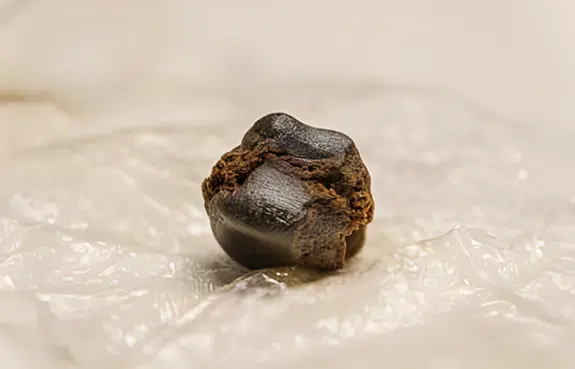

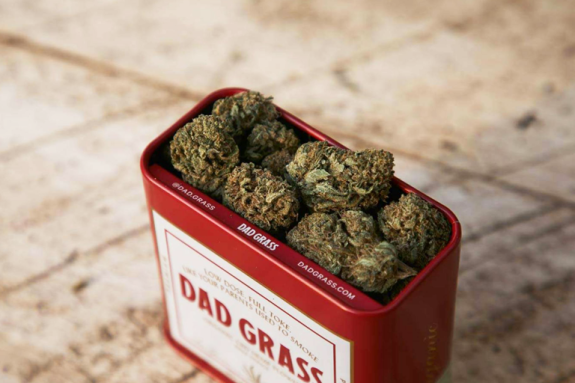
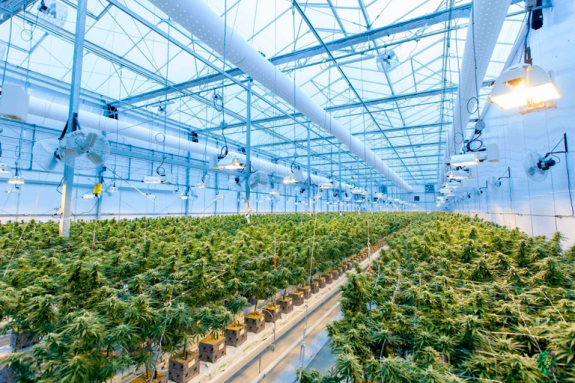


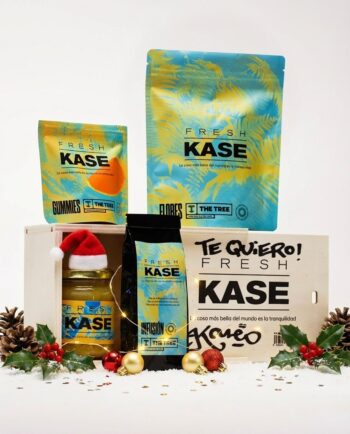
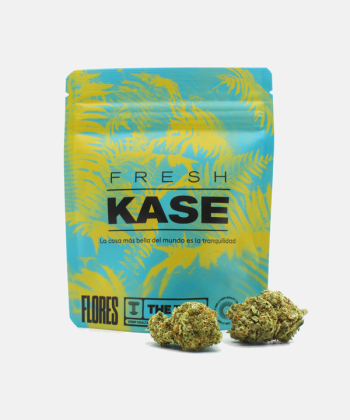
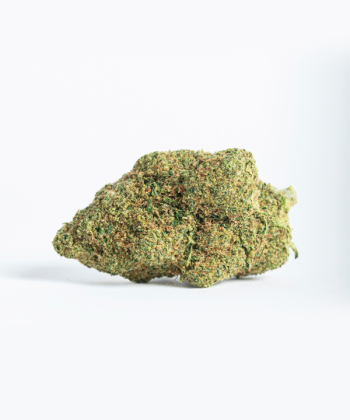
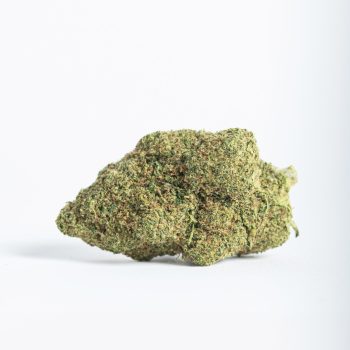


Comments (1)
Is it possible to consume too much CBD and experience negative side effects, or is it considered safe even in high doses?
Comments are closed.